WHAT WILL BE MAJOR FACTORS TO DECIDE INDIA’S NEXT PRIME MINISTER
Can you make a difference between business and politics?” The answer is simple: “In politics, there is no value for being number two.”
There are no prizes for coming second in an election. All you get is five years to introspect what you did wrong. Being out of power can be really depressing, especially once you have tasted it. Elections, thus, are the most innovative form of business, and politicians are the smartest entrepreneurs. The Prime Minister’s post is the ultimate trophy in this winner-takes-all contest. They have every incentive to try all sorts of innovations, tricks, and games to win and be number one.
There are nine factors – three sets of numbers, three strategies, and three tactics – that will determine India’s next Prime Minister.
The Numbers 330-230-130:
This is what the BJP and Congress win together in the 543-seat Lok Sabha, as you can see in the table (in the video), which shows the story of elections since 1991. The rest go to regional parties, who may or may not be allied with either of the two national parties. Thus, the most important contests are the ones where the BJP and Congress fight directly against each other. Each seat outcome results in a relative difference of two between them.
For Narendra Modi to continue as India’s PM, he would like to ensure that BJP’s 282 tally should not fall be-low 230, which means Congress’ tally should be less than 100. For Rahul Gandhi to make an attempt to become PM, he will need to at least ensure that Congress’ 44 seats go up to more than 130, which means BJP’s seats should be less than 200. So, BJP + Congress is 330, BJP’s target is 230+, and Congress’ target is 130+.
The number game: 10 crore and 67 crore:
Ten crore is the number of unregistered voters in India. Of these, 7.5 crore are in the 18-24 age bracket, while the other 2.5 crore are older voters who have not registered for a variety of rea-sons. As you can see in the graphic, the 7.5 crore unregistered youth, form half of all 18-24 year olds in India.
These 10 crore missing voters are part of the 33 crore Indians who do not vote. Another 34 crore are undecided, or not likely to support any one of the mainstream parties. Together, the number is 67 crore – two-thirds of the eligible voters in India. And they are up for grabs. This is four times the BJP’s core support base, and eight times the core Congress support.
128:
The total number of seats in the two large states with four strong parties – Uttar Pradesh with 80, and Maharashtra with 48 seats. BJP won a total of 94 seats and its allies won another 20, making a total of 114 of 128 seats. With BJP as the party to beat, the number of candidates against the BJP will determine its success in the next election. The more the candidates from the main parties, the better will be its chances. So, the key to the next election lies in the index of opposition unity in these 128 seats.
The Strategies Wave Creation:
A wave election, like 2014, is needed to ensure a national mandate. Else, elections tend to be an aggregation of state elections, which tend to lead to fractured mandates. There have only been three wave elections in the past 40 years – 1977 (after the Emergency, which brought the Janata party to power), 1984 (after Indira Gandhi’s assassination, when Rajiv Gandhi’s Congress swept the nation), and 2014 (where Narendra Modi’s BJP became the first party in 30 years to win a majority). Parties like waves – it unites voters to create a winning majority. Will the next election be a national wave or states summation?
Big Idea Selling:
To create a wave, the election has to be about a couple of big ideas. No one really bothers with manifestos anymore. Which party will have the big ideas in this election? Congress record in government in the 60 years starting in 1947? BJP’s track record in delivering ‘acche din’ since 2014? Corruption? Governance? Narendra Modi himself?
(S)electorate Targeting:
To sell its big idea, a party only targets a selected set of voters – those who they think will support them. So, it is not about the Electorate, but about the electorate. This is the minimal mix of smaller groups that is needed for a party to craft a win in a first-past-the post system, where the party getting the highest number of votes wins. BJP’s electorate was the middle class for a long time, but it now seems to be transitioning its focus to the poor.
The Tactics Polarisation Game:
Elections are about divide and rule. Like in a marketplace, politicians and their parties like to have voters see sharp differentiation, to ensure they turn up to vote. Hence, the need for polarisation. Caste, community, class – all can divide the electorate and therefore unite the selectorate. In the absence of optimism, a party will use anger, fear, high passion to maximise voter turnout in its support base.
Ground Game:
India has 10 lakh polling booths, each with about 1,000 voters, which comes to about 250 families. In every election, what matters besides the top down media campaign is the ground game, especially closer to the voting day. Using data and analytics to identify supporters, and then getting them out to vote on election day will be instrumental in determining the eventual winner. To make this happen, parties need the sales army – the booth workers who can register new voters, persuade the supporters and undecideds, and then turn them out to vote.
Digital Game:
The one big change from 2014 is the amazing growth of smartphones and data connectivity across India. As a result, Facebook and WhatsApp have become the primary methods for sharing content and opinions. You see the explosion of creative content every time a big news story breaks. More than half of all voters, and at least one person in every household in India, is now digitally connected via a smartphone. Digital India may take time, but India’s Digital Election is coming! So, these are the numbers, strategies and tactics that will decide who will be India’s next Prime Minister. What happens in the elections will determine our individual and collective future – now more than ever. India is a young nation. We have lost a lot of time over the past decades in pursuing policies that keep taking us away from the path to prosperity. This election offers yet another moment for change. Be aware of the games the politicians and their parties play, and vote wisely – for India’s First Prosperity Prime Minister.
Whoever may be the Prime Minister, here’s is what my opinion on the issue constitute:
Born to an Indian father who values western culture and way of life more than anything, he was brought up as any kid in the elite class would have been expected to be. Such was the extent of the elitism in the household that speaking in the vernacular was not entertained even on the dining table. The boy goes on to study at Harrow and later at Cambridge. On returning to India, inspired by a certain MK Gandhi, he takes up a lead in the nationalist movement of the time. His involvement in the movement and his image availed the whole country to see him as the second-in-command of the struggle against the Raj. So much so that, his chief contender Patel once said, ‘The masses, they come for him.’ I talk about a person named Pandit Jawaharlal Nehru. The Congress that Nehru inherited was a mixed bag of liberals, conservatives, and radicals. But when he embarked on building a nation on the foundations of rational liberalism and secularism, no one dared oppose him. Because they knew that their seats, their posts, and positions in the new democratic India were because people voted for Nehru, not for the individual MPs. If Nehru resigned, their own positions were at stake. It used to be called Nehruvian consensus. Imagine. A person who grew as an elite, who spoke and wrote in English so proficiently (more than in vernacular), who preached and propagated those versions of Secularism and Socialism that were alien to Indians, he, was more popular in the Indian rural heartland than any conservative of that time.
Why Not Congress-mukth?
There is an argument I hear every now and then that the current BJP Government has the mandate of citizens and hence it should not be a cause of concern for us because ‘democracy is being followed.’ I would with due respect disagree. Democracy is not raw majoritarianism. When we say, ‘Democracy is government by, for and of the people,’ it means it is by, for, and of all the people. Not by, for, and of just a majority. Let’s say, hypothetically, 51% of people vote to support the banishment of the remaining 49% of the citizens of the country, is it sensible to implement it?
In all this binary game of ‘yes-no’s, we are forgetting the basic intent of democracy. Democracy is a practicable framework of governance that will ensure human rights and dignity to all the citizens, not a tool to assert majoritarianism. That is why there is a concept called Participatory Democracy, wherein citizens, from time to time, check the government and assist the government in catering best to their needs. And how is this done? Four major ways: Opposition in the legislature, Judiciary, Media, and protest. And each of these four is essential. You cannot say that 3 of them are working fine in checking the government; hence the fourth one need not work. My attention in the current essay will be on showing the importance of Opposition in Parliament.
Let’s take the example of one of the latest bills that the Lok Sabha passed, the Finance Bill. The Finance Bill made provisions for private companies to make as much donation to political parties as they wish, without disclosing the name of the political party they are donating too. If read carefully, it is easy to infer that it is cronyism. Which of the above four checked the passage of this law? Media was busy with Yogiji’s rule in UP (which was also important to cover). Social media even less, with BJP trolls trolling anyone who so much as says a thing against BJP and government. Judiciary couldn’t have acted in such short a time span. And even if it could, the amendment had been made and it had become a law. So, unless, there is a violation of the ‘Basic Structure of the Constitution’, it cannot overturn the amendment. And, the Opposition? It was so weak that neither the government nor the citizens took it any seriously. A majority of the amendments were added one day before the final vote after all the discussion had happened and it was passed through the brute force of majority. Could things have been better had opposition been stronger (not in terms of the number of seats but the support it gets from the citizens)? The fact that the same opposition (which had farmers’ support) were able to stall the amendment to Land Acquisition Act 2014 shows it is possible.
Therefore, it is important that the citizens of the country rely also on the opposition for their own good. But for that, it is important that the opposition shows itself to be competent and strong to the citizens. The point I make is, a strong opposition is essential to a healthy democracy. And the closest to opposition in India today is Congress. And the set of leaders who are closest to making that opposition strong can be Rahul Gandhi, Kapil Sibal and Shashi Tharoor.
Still Sibal or Tharoor?
The example of Nehru that I gave in the beginning of the essay was to address the larger point that no seemingly elite politician is capable of reaching the masses of the rural heartland of the country. It, however, doesn’t address the barriers that lie between Sibal or Tharoor and the UPA Candidature for Prime Ministership in 2019. Let me address these as answers to potential questions that might arise about his candidature.
What about Rahul Gandhi?
I know that Sonia Gandhi is not that naive a person to allow for someone other than Rahul or a puppet to be the PM. But this is politics and, as the cliched statement goes, ‘Anything can happen in Politics.’ Trust me. I am not going to go into counterfactuals. Let’s look at Congress realistically. The narrative in Congress so far has been, ‘We get votes because people vote for the descendants of Nehru and Indira.’ In essence, the brand of Congress was what was giving MPs votes. But has it been working? Did it work in Bihar 2011? In UP 2012? In India in 2014? In UP 2017? Don’t accuse me of being selective. Of course, I didn’t mention Bihar 2016 because it was Nitish-Laloo’s win rather than the brand of Congress’. In the above-mentioned elections, Rahul Gandhi was the star campaigner. And clearly, it didn’t work in party’s favor. There is a high possibility of change in the leadership. A political party can never be owned by a person. It is owned by people. Politics change according to what people want. Status quo in Congress is highly unlikely. Whether I am right or wrong, time will tell.
What does Congress has to offer to the country anyway?
If an alternative to Modi is the only thing Congress has to offer, I have no doubt that it’ll not work. I don’t say Congress party doesn’t have an ideology. Its ideology is of Liberalism, Secularism, and Socialism. But these are textbook concepts. Even a middle-class Indian, leave alone rural peasant, would not understand these. You need to have a narrative. The world sustains on stories. Stories of the holocaust, stories of China stealing our jobs, stories of Mexicans polluting our country, stories of EU eating our wealth etc. Stories work. Which is why good politicians are effective storytellers.
Congress too had a story to tell. A story of ‘New Possibilities’ (1950s), then a story of ‘Jai Jawan, Jai Kissan’ (Sastri), then a story of ‘Garibi Hatao’ (1971), then a story of ‘Vote for Government that works’ (1980), a story of ‘Sikhs are our enemies’ (1984), a story of ‘Rama Rajya’ (1991). They worked. Now, the dominant Congress story is ‘BJP is anti Minority’. This story has no robustness. It is not a philosophy, rather a counter-argument. So, yes, the Congress has to literally go back to its drawing board. And start making a story that will convey the textbook concepts that it stands for, a story that is robust in itself.
When Tharoor said that Rahul Gandhi might not have a conviction but he wants people to tell him what they want to be done, I found myself in amazement. Surely, Tharoor knows better than that in politics.
What if Sibal or Tharoor becomes Manmohan Singh II?
Well, everything is contingent on that not happening. If they remains faithful to the family, like they does now, I take my proposition back. But I am sure that if they were to become a Prime Minister, both would assert themself well enough to be the Prime Minister and not a Principal Secretary of 10, Janpath Road. Both has seen and been involved in more politics than Manmohan Singh.
So, Modi-mukth Bharat?
I am a full-time Capitalist and a part-time Conservative. And I am a vegetarian too. So, I don’t have qualms with the current regime personally. Yet, I care about the personal liberties of everyone to be concerned about the developments in the country today. The discourse has become more and more polarized (because of lack of stories from one of the sides) and the authority of the government is being asserted at an alarming magnitude. I don’t want a Modi-mukht Bharat. I rather prefer a Bharat where the government doesn’t set precedents that might increase the authoritarianism. For which we need a counternarrative (not counter-argument, we already have one). Sibal or Tharoor’s ascent is not going to be easy. It is difficult. But what that is good is easy? In the end, my nation is bigger than any of these politicians. Yet, my nation is the people in it, not a landmass with boundary.
Drawing battlelines for 2019: Upcoming Lok Sabha election will define future of Indian politics Though the 2019 Lok Sabha election is more than two years away, every political calculation now revolves around it.
Make no mistake: 2019 represents an existential moment for several parties. If Prime Minister Narendra Modi leads the BJP to victory in 2019, it could spell the end of the dynastic Congress. Rahul Gandhi will be 54 in 2024. He would by then have spent 20 unsuccessful years in politics. Sonia Gandhi will be 77 and no longer a key factor in Indian politics. Priyanka Gandhi, 53, would remain the Congress’ wild card. But by 2024 playing it may be too little, too late. Other parties in the Opposition recognise the danger of a second successive victory for Modi. It explains the near-hysteria the Prime Minister’s demonetization scheme has caused. Only Bihar Chief Minister Nitish Kumar and Odisha Chief Minister Naveen Patnaik among Opposition leaders have grasped the full political ramifications of Modi’s war on black money. They know that the economic benefits — and these could be considerable — are dwarfed by the political implications.
In a country where poverty in varying degrees afflicts nearly half-abillion people, the emotional appeal of punishing bla*ck money hoarders and tax-evading millionaires has irresistible moral appeal.
Nitish Kumar, for example, has used morality in governance to burnish his political career. He has legislated against benami properties in Bihar and banned liquor. The JD(U) pointedly broke ranks with the rest of the Opposition over demonetization. Nitish is even talking to Finance Minister Arun Jaitley about a joint initiative to forge a digital-pay economy.
None of this suggests that Nitish Kumar’s JD(U) is about to return to the NDA fold. As if to squelch growing murmurs of Nitish’s bromance with Modi, the Bihar chief minister declared: “The Central government’s actions are creating fear among minorities. The Centre is deliberately weakening federal power of the states. Some people talk about ghar wapsi and cow protection and are spreading hatred. But we are working to achieve our goals and will continue to do it in Bihar.”
Despite the rhetoric, Nitish has two problems. First, the erratic behaviour of his coalition partner Lalu Prasad Yadav and his family. The return of jungle Raj in Bihar has damaged Nitish’s reputation for good governance built methodically over two decades. Second, Nitish has sensed the national mood on demonetization. Aligning with those who oppose action against black money carries a huge political risk.
Unlike Mamata Banerjee, Mayawati and Arvind Kejriwal who react emotionally to events, Nitish has a cold, clinical approach to power. But, he too knows that a victory for Modi in 2019 will end any realistic chance he has of being Prime Minister in a future national mahagathbandhan. Modi, of course, has problems of his own in the run-up to 2019. He has to make demonetization work on the ground. Moral victories can vanish if the poor continue to suffer due to a continued shortage of cash.
Modi also has to cross the hurdle of the Uttar Pradesh assembly elections in 2017. Many realignments among the Opposition will take place after UP. The importance Modi attaches to the state is highlighted by the number of rallies he is holding there months in advance of the poll.
Modi also has to recalibrate ties with his allies. The Shiv Sena is a prickly customer, though somewhat sobered by the BJP’s recent victories in local elections in Maharashtra. The forthcoming BMC poll will decide how the BJP-Shiv Sena alliance holds up in 2019. Meanwhile, other NDA allies like SAD in Punjab, LJP in Bihar and TDP in Andhra Pradesh have weakened electorally since their wins in 2014. They will need to be whipped into shape. Modi and his opponents both know that the results of the 2019 Lok Sabha election will define the contours of Indian politics for a generation.







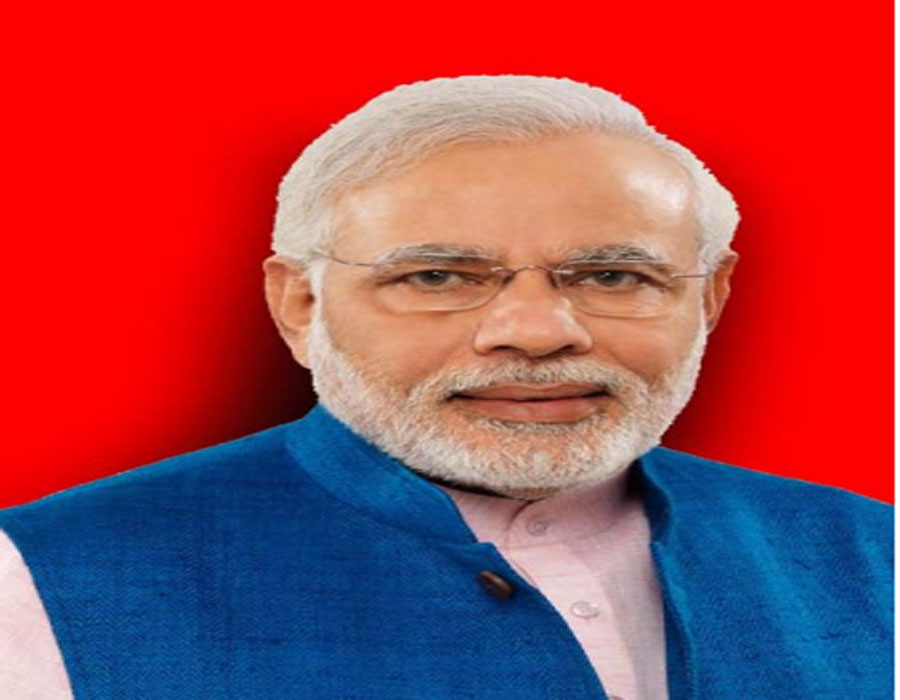
 OpinionExpress.In
OpinionExpress.In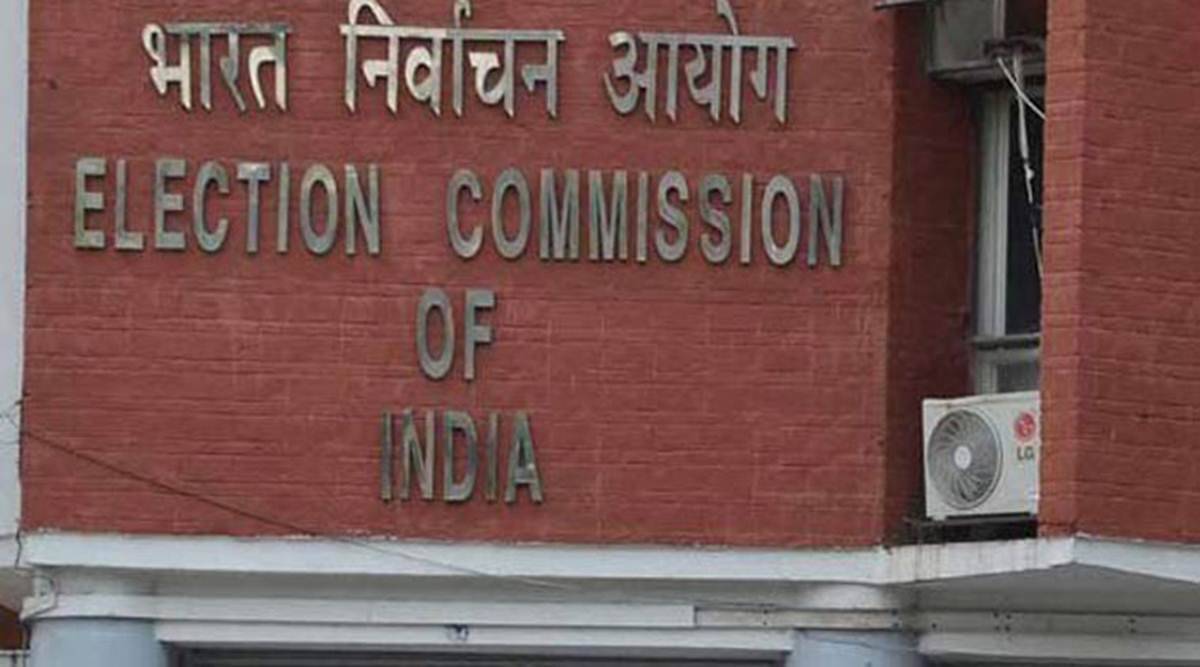
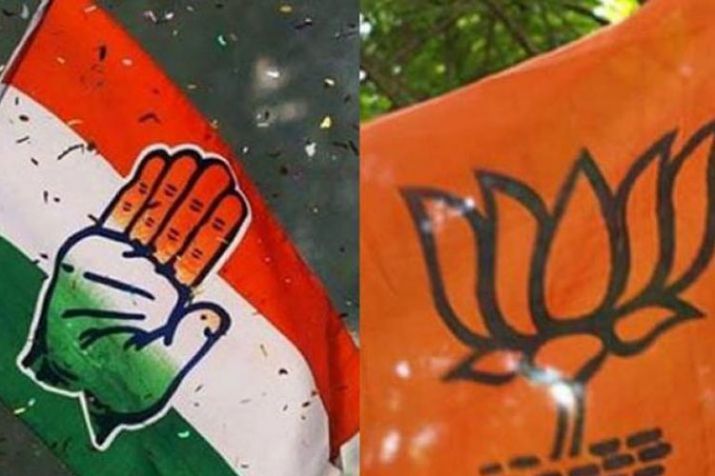
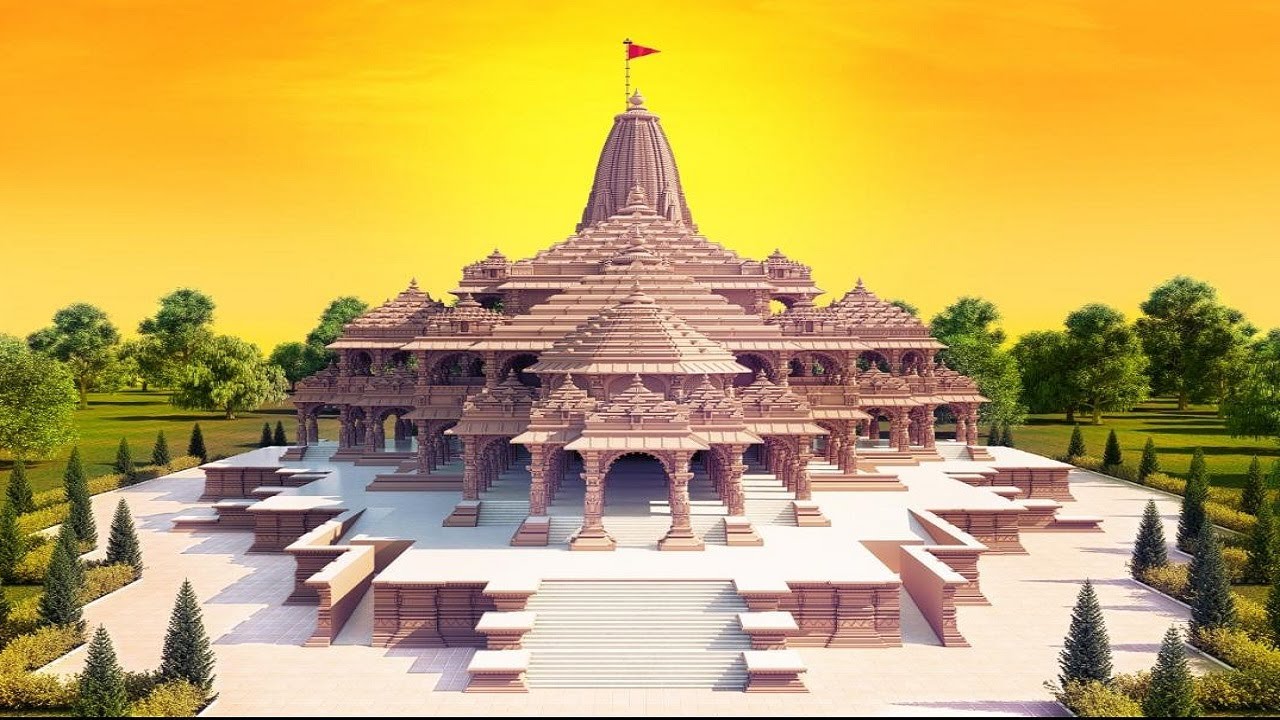
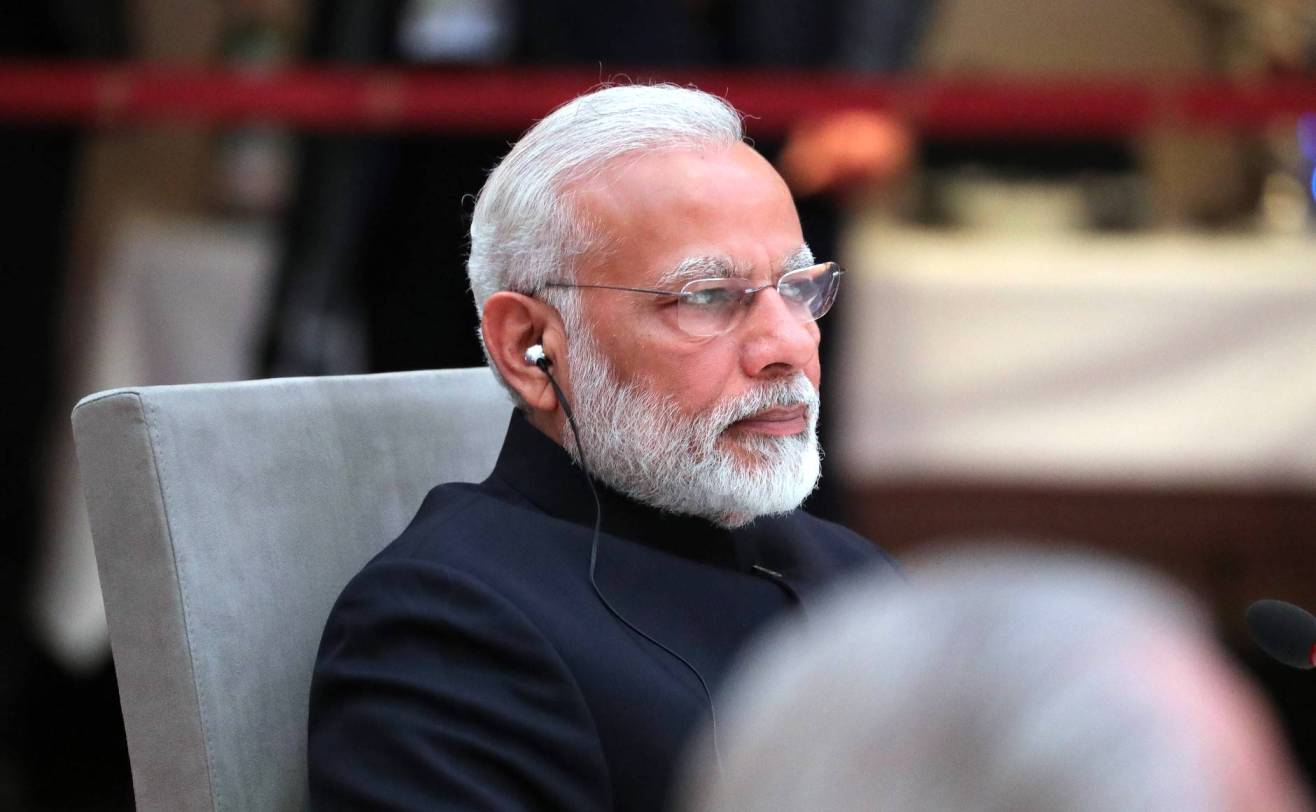
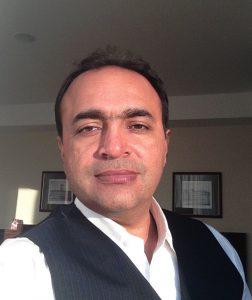
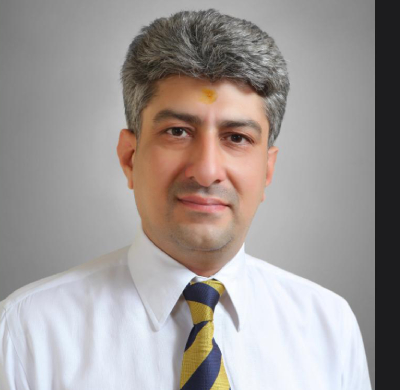
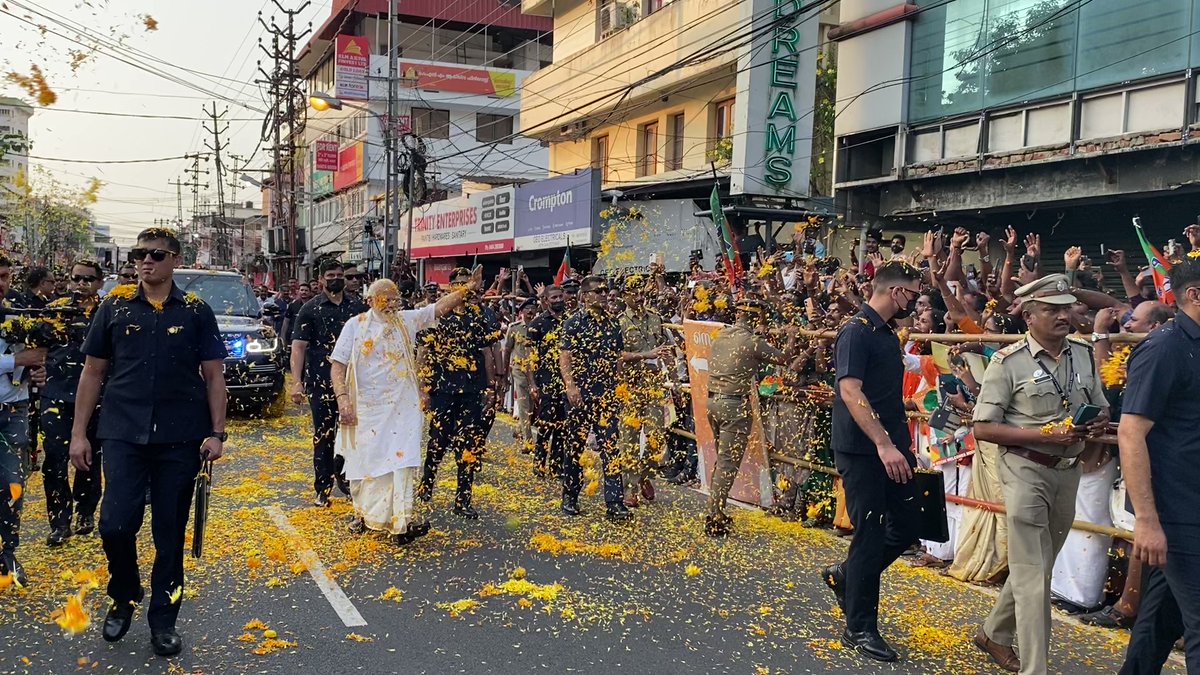
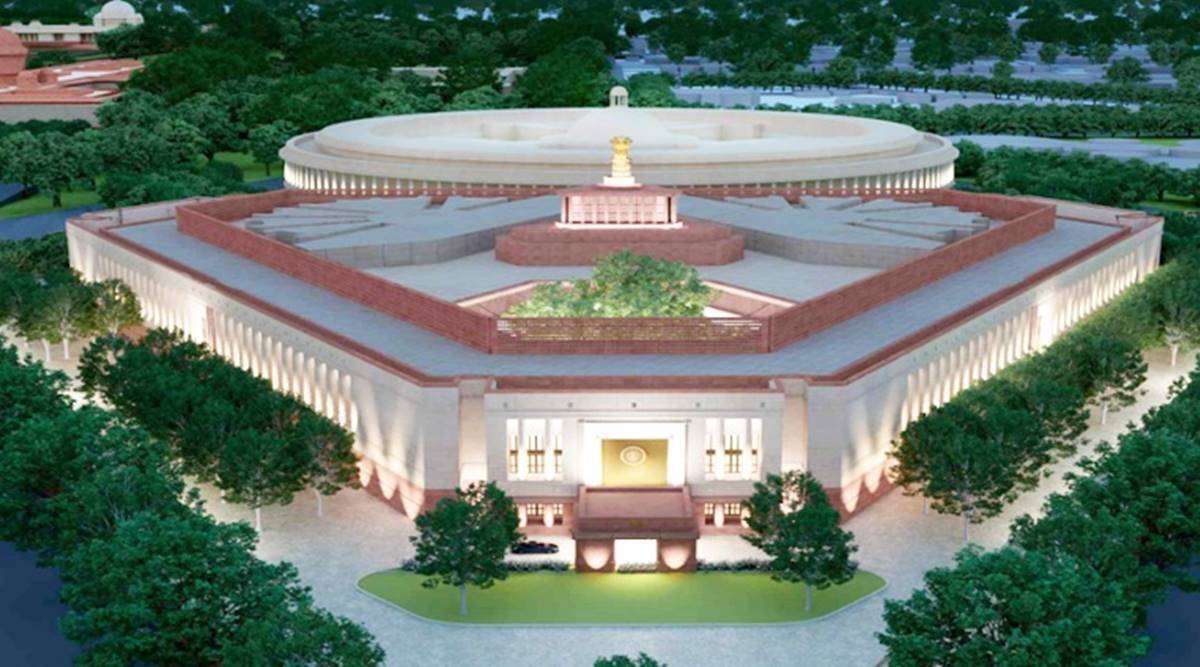

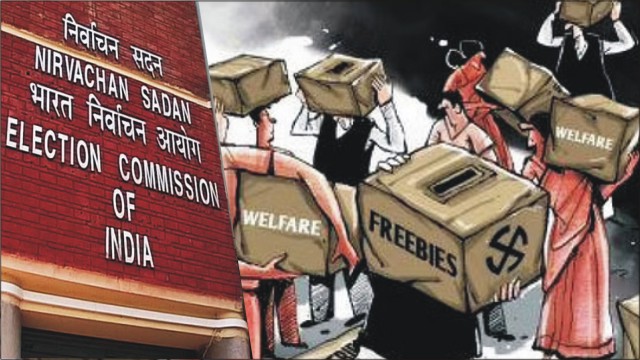






Comments (0)